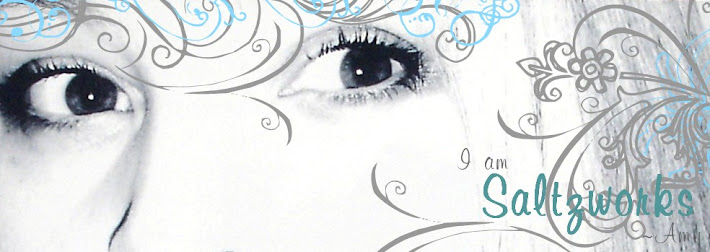Another Upcycling installment

*Upcycling--for me--is all about taking something of no value, or extremely little value and turning it into something to treasure. These little things, due to their unique quirks, oddities and individual flaws, are precious to me . . . I hope you too can find the joy in making little treasure of your own--and maybe saving a little bit of space in that landfill . . .
Making Miniature Leather Charm-Sized Books
SUPPLIES:
PVA Book Glue
Small paint brush
Water and paper towels for clean-up
Weight
Rotary Cutter and self-heal mat and ruler, or a steady hand a good pair of scissors

Leather scraps
Some salvaged headbands (look closely at an old bound book, you'll see them. I saved these from last month's Upcycled Flowers and Folded Dresses)

A stack of old magazines, glue-bound--NOT staple-bound!
And a big paper cutter -- very big -- this is the hardest thing to come by for us ordinary folks. A lot of copy places have access, but at $1.00 per cut, it gets a bit spendy, particularly when (contrary to the picture) you can only really cut one magazine at a time--otherwise they squish out and produce odd shaped mini textblocks.

1- I found it easiest to chop the ENDS off (spine in). I highly recommend only doing ONE magazine at a time. Brace the end so it doesn't squish out if you can. I used a weight (you will see it later)
2- Cut the long tall skinny cut first--about 3/4" wide, then chop into about 1" tall magazine textblocks
Chopped up magazines = mini text blocks that are oh-so-cute!



















































